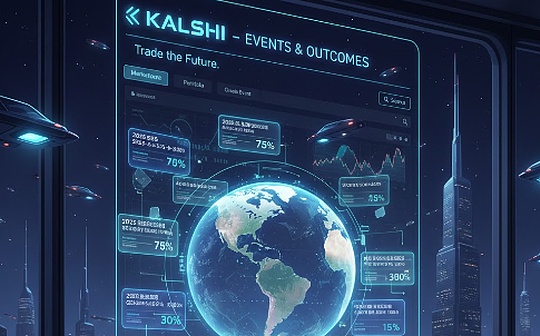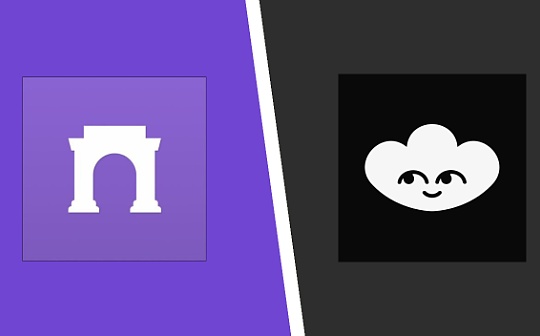
Author: William M. Peaster, Bankless; Compilation: Deng Tong, Bitchain Vision World
There is a major news in the social field today.Lens has just launched a registration function without permission.
This meansAnyone can now create LENS profile without invitation, so as to open and decentralized social networks to a wider range of audiences.
therefore,This update is comparable to Lens and FarCasterThe latter launched an interview without permission in October 2023, which is the king of the current encrypted social platform.
Since then, Farcaster has experienced explosive growth, especially after the launch of Farcaster Frames earlier this year.
Therefore, the main problem now is very clear:Since no license is needed, can Lens catch the attractiveness of Farcaster with its second trend?
I think this is possible, so let’s study and compare these two emerging networks to see why.
Primary similarities
Both Lens and Farcaster are decentralized social map projects, and there are some similarities, because they aim to redefine the pattern of social networks.The following is the most similar place for them:
-
Decentralization——We these two protocols are based on blockchain technology to reduce dependence on centralized intermediary agencies.
-
ownership—— Compared with traditional social networks, users on the two platforms have control and ownership of their data.This includes its own content, personal data and social relationships, and the ability to transplant these data across different applications.
-
Interoperability——Lens and Farcaster are open and available, allowing third -party developers to build on its infrastructure.This openness encourages innovation in the ecosystem and the development of new applications and services.
-
User -centered—— Both platforms are given the interests and needs of content creators.Their goal is to create an environment that supports content monetization, audience growth, and direct interaction between creators and their communities without the need for intermediaries of traditional social media companies.
Main architecture difference
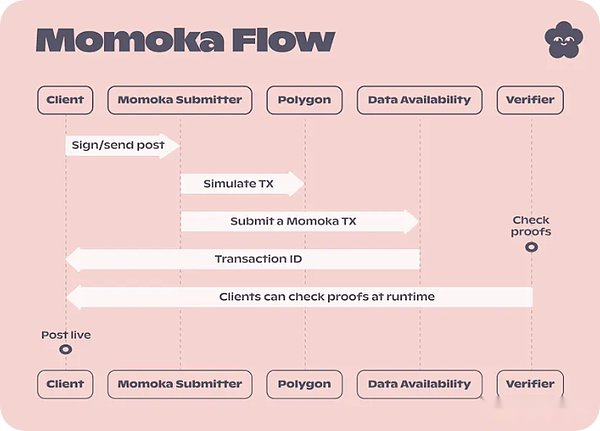
Lens’s smart contract is deployed on Polygon, and Farcaster’s smart contract is deployed on the Optimism Layer 2 (L2) expansion solution.These networks can bypass the congestion and higher costs that the Ethereum may bring directly, while still anchoring to L1.
In addition to different chain bases, Lens and Farcaster also process data in a unique way through Momoka and Farcaster Hub::
-
Momoka——The custom Optimistic L3 focusing on data usability.Although it is always a choice to store data on Polygon, Lens has integrated with Momoka, providing the ability to process certain transactions under the chain, so as to achieve a faster and cheaper user experience.
-
Farcaster Hubs——The distributed server network is used to store, verify, and provide Farcaster data to achieve efficient data processing without facing the bottlenecks of managing all content in Ethereum online.
Decentralized identity and account creation
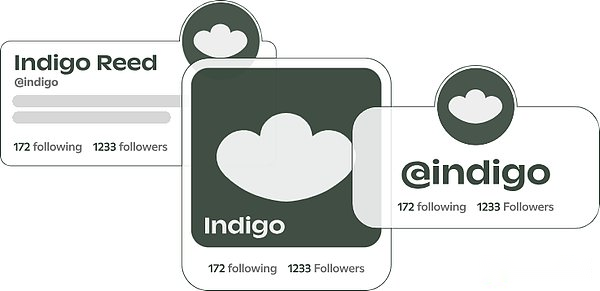
Lens and Farcaster also rely on different identity management systems.The following are the rapid overview of their methods:
Farcaster: account and username
-
Account creation——Farcaster account is bound to the Ethereum address, created through interaction with smart contracts, and uses the only FarCaster ID (FIDS) to identify.
-
username——FARCASTER uses Ethereum Name Services (ENS) as the username, supports the chain (. ETH name) and the ENS name (FNAMES).The username link is connected to the Ethereum address, but the difference is that one address can have multiple ENS names, and at the same time specify which name FarCaster is used.
Lens: configuration file and handles
-
Configuration file NFT——This representatives of the social map and content of users.One Polygon address can save multiple Profile NFT, which will track user’s posts, comments and social interaction.They can also modify it by extension, such as a focusing module for management authority.
-
Handles——In introduced in Lens V2, Handles (such as @Alice) is created separately and can link or cancel the link with personal data.The system allows flexible identity and management in the Lens ecosystem.
Entry process
From today, anyone can access Lens.xyz to create Lens configuration files.Creating personal information requires a fixed cost of 10 MATIC (about $ 10 when writing this article), you can choose to pay through a credit card.With personal information, you can start using applications in the Lens ecosystem.
In terms of physical, FarCaster currently allows mobile users to be supported by national/regions to register for free through its most popular front -end WarPCast.For others outside of this range, the threshold for $ 5 is required to start using the application.
Compare Lens and Farcaster applications
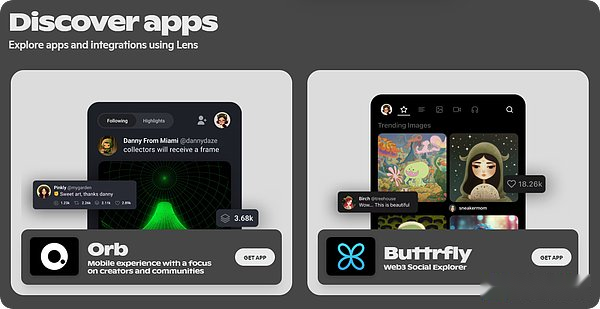
The above Warpcast was developed by the FarCaster team. It is the flagship application similar to Twitter ecosystems in the FarCaster ecosystem, which aims to display and become the center of the early function of social protocols.The continuous growth of farcord and supercasts replaced third -party applications also supplemented it.
In contrast, the Lens team deliberately did not create the main front end for its agreement, so that the Lens application scene was completely left to the community builders.Several projects have received early attention, namely Hey (desktop Lens client), ORB (mobile Lens client) and buttrfly (Lens social browser).
LENS open action vs. Farcaster framework
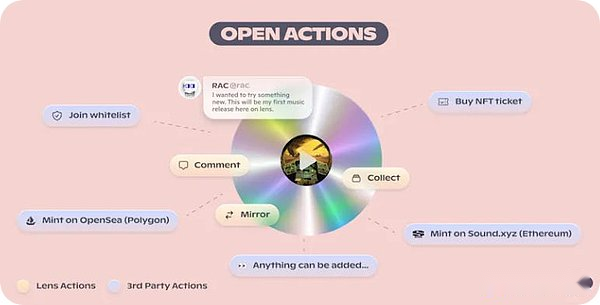
Last month, Farcaster released support for Frames, which has a certain impact on the social field.Frames is built as Facebook’s old Open Graph protocol. It can directly embed the interactive application into the social source of social networking. Press the button to trigger the operation to update the content of Frame in real time.
This design blends the front -end experience of rigidity and back -end execution flexibility. The front end is defined by an embedded URL, and the execution logic is processed in the background through custom function.Therefore, Frames can be used to publish any content -from one -button NFT coin to voting.
Lens has its own native answer here, that is, Open Actions, which is used to enable smart contract calls to be directly embedded in the Lens chain publication, such as comment.This function allows developers to integrate specific contract calls, parameters, and even complex logics in the social environment, such as Token-Gating or Follow-Gating.
The open operation of the “Tip” is an early example. Through it, the poster can include a module to target the tip to the designated recipient address.However, as the framework is like the framework, the possibility of open operation is broad.
Of course, it is worth noting that in the end these systems are not isolated from each other and can be operated by each other, such as linking through Lens and FarCaster.Open Frames’s efforts allow a lighter version of Frames to work outside FarCaster, which also shows that these crossroads will have more interoperability.
Future Outlook
Farcaster currently has more than 200,000 users, many of which have joined in the past month because entry has become more smooth and Frames has become more popular.The foundation of this agreement does not need to be licensed in the process, and the success of breakthroughness seems to be coming.
Now, Lens is also proved to himself.To be sure, Farcaster is leading, but Lens has accumulated more than 125,000 personal data before permit, which shows that it has a solid foundation to rely on.Because Lens provides the same general elements as Farcaster, Farcaster’s early success indicates that Lens can also soar with similar driving force.
Will one party eventually defeat the other?Maybe that’s it.Farcaster is undoubtedly the king, and the king is expanding to other ecosystems, such as Solana.However, please keep in mind that the social scenario of cryptocurrencies is still in the budding stage. Therefore, in the foreseeable future, the popularity of continuous rise here seems to promote the development of the two.
In addition, projects such as YUP and other web3 cross -publishing applications (allowing you to publish content on Twitter, Farcaster, and Lens) and Open Frames projects indicate that FarCaster and Lens can develop parallel and complementary, at least in the short term.
No matter what happens, the current prospects of these two projects are very good, so don’t give up Lens for the time being!


